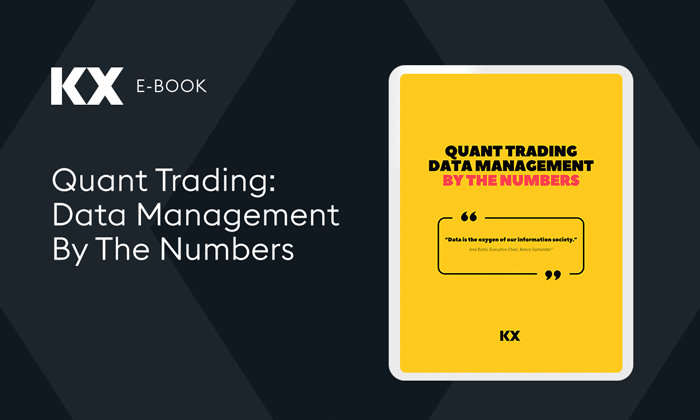by James Corcoran
KX has been providing solutions to the capital markets industry for over 20 years. Our core product, kdb+, is typically deployed in areas where huge volumes of data need to be analyzed extremely quickly, such as electronic trading and post-trade analytics.
Over the last five years, the regulatory landscape within financial services has changed, with greater demands for transparency being placed on firms. This means that compliance departments now have the same need for processing and analyzing tick-level data whilst ensuring their systems are scalable, resilient, and secure.
KX is therefore a natural technology choice to help institutions meet their regulatory obligations.
At KX, we have developed regulatory-specific solutions to address the evolving requirements of various capital markets participants. ASIC, the Australian Securities and Investment Commission, selected KX to provide their next generation trade surveillance solution, whilst the SEC use our kdb+ database to store and analyze the data they collect from market participants. Perhaps most notably, IEX, the exchange seeking to level the playing field and stamp out predatory behavior in the high frequency trading arena, use KX for their internal trade surveillance system.
Our engineering teams, based in major financial centers across the globe, have worked closely with our clients to implement analytic models and algorithms designed to detect rogue, predatory, and illegal trading patterns.
In this upcoming blog series, we seek to highlight some of the scenarios which our software is designed to monitor. Click here to read the first blog on Phishing












